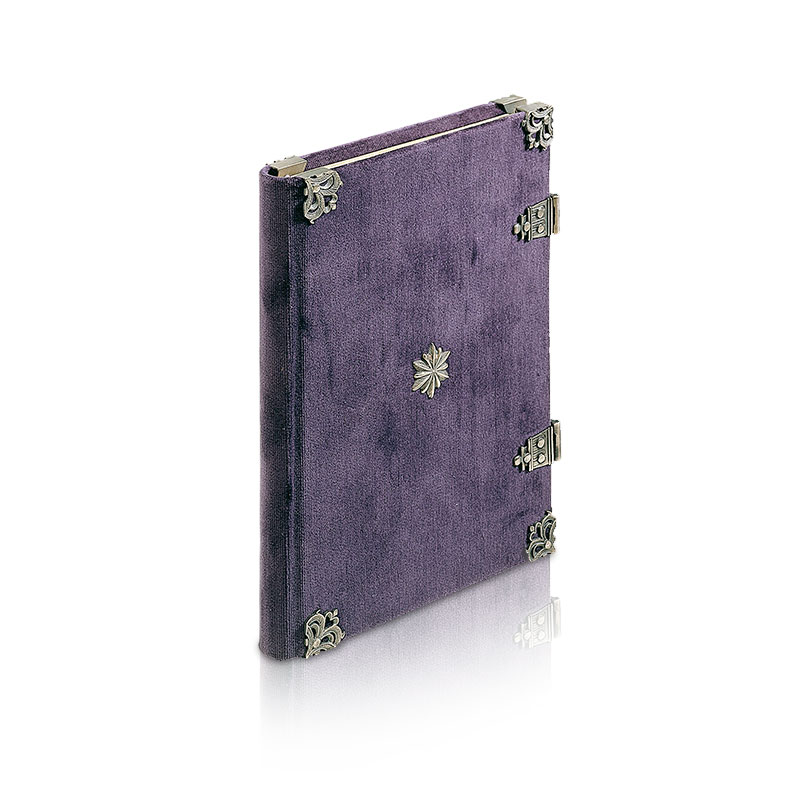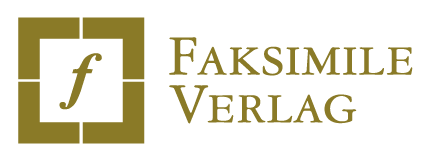Bayerische Staatsbibliothek, München, Clm 23638
Simon Benings Flämischer Kalender
The Fragment of a Book of Hours from the 16th Century is one of the most beautiful cycles of landscapes and a milestone of flemish book-painting. Simon Bening revolutionized revolutionized with this masterpiece de calendar miniatures by employing 2 pages for each of them and such treated those as holistic scenes.

Simon Bening´s Flemish Calendar
The Calendar - An Integrating Part of Any Book of Hours
Calendars are those sections at the beginning of a devotional book which list the diverse feast days of the Church year. The individual months are traditionally symbolized by seasonal occupations and by the signs of the Zodiac associated with each individual month.
As the seasonal activities – mostly agricultural activities like laboring in the fields – take place in the open air, medieval calendars often used landscapes or landscape sections for their decoration.
In the late Middle Ages, a new conception of nature influenced the development of landscape painting in illuminated manuscripts. In general, a calendar contained eleven landscape miniatures. One or two were often reserved for domestic interiors.
Simon Bening´s Flemish Calendar
Bayerische Staatsbibliothek, München, Clm 23638
Paving the Way for Flemish Art
Simon Bening revolutionized the pictorial language used in calendar miniatures. He attached as much importance to calendar decoration as to the detailed programs of devotional miniatures which usually followed them.
Illuminated Book of Hours or prayer books often used a small strip below the text for illustrations. Benning, however, was the only artist in his century who painted full-page calendar miniatures, and he was the first to treat them as independent depictions which, to his mind, should convey a life-like picture of the environment.
The Flemish Calendar - A Major Work of Art
This lyrical calendar of Bening´s presents a busy and harmonic society. Some of the miniatures show typical activities or pleasures of the relevant month besides social events.
However, in comparison to other manuscripts the importance of traditional seasonal activities in this calendar is reduced.
More room is dedicated to the delights of the upper class. These miniatures show a closed structure, subtle tones and atmospheric effects which are very unusual in Flemish art at that time. The month of January shows a lumberjack working outside a a group of people warming up in front of a fireplace in a nearby interior; both activities symbolize winter.
A Masterpiece by Simon Benning
Simon Bening´s Flemish Calendar which consists of the calendar part of a Book of Hours, thus a fragment, presents one of the most beautiful landscape cycles ever seen in a calendar. It is not only a landmark in Flemish book illumination of the 16th century but also a highlight in Bening´s own personal development as an artist and landscape painter.
The Fine Art Facsimile Edition
All 60 pages of the Flemish Calendar have been reproduced in the original format of 14 x 10,4 cm. The facsimile is published in a strictly limited edition of 980 numbered copies worldwide.
The binding has been manufactured in full accordance with the original: The book is bound in purple velvet and decorated with twelve rosettes, cornerfittings and clasps from massive sterling silver. The headband is sewn by hand.
The Commentary Volume
The facsimile edition comprises a commentary of more than 480 pages which explains the manuscript and its artistic background in three languages (German/English/French).
Thomas Kren, Los Angeles, deals with the development of landscape painting in Flemish book illumination and provides an analysis of the miniatures of the manuscript. Johannes Rathofer, Cologne, explains the texts of the manuscript.



